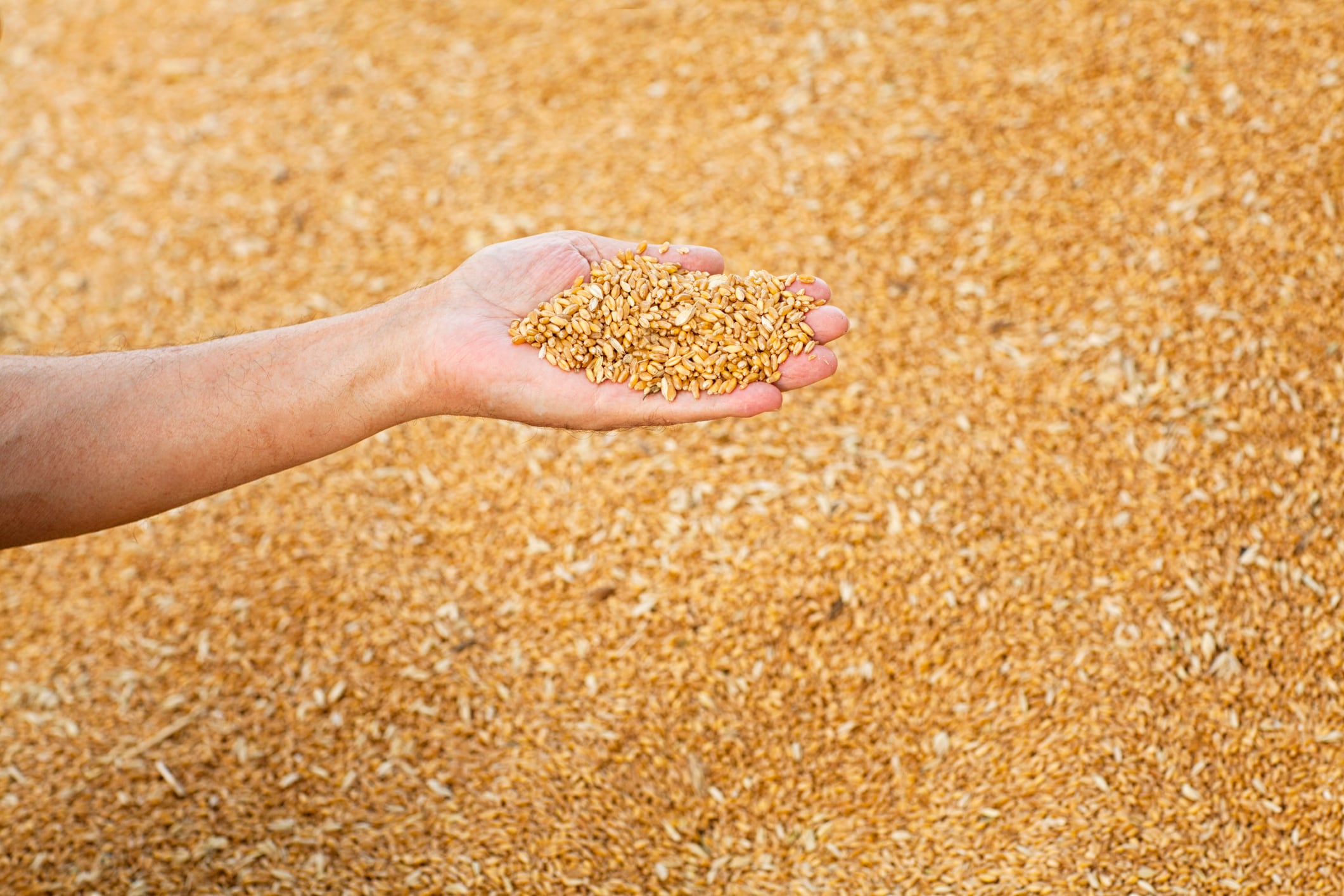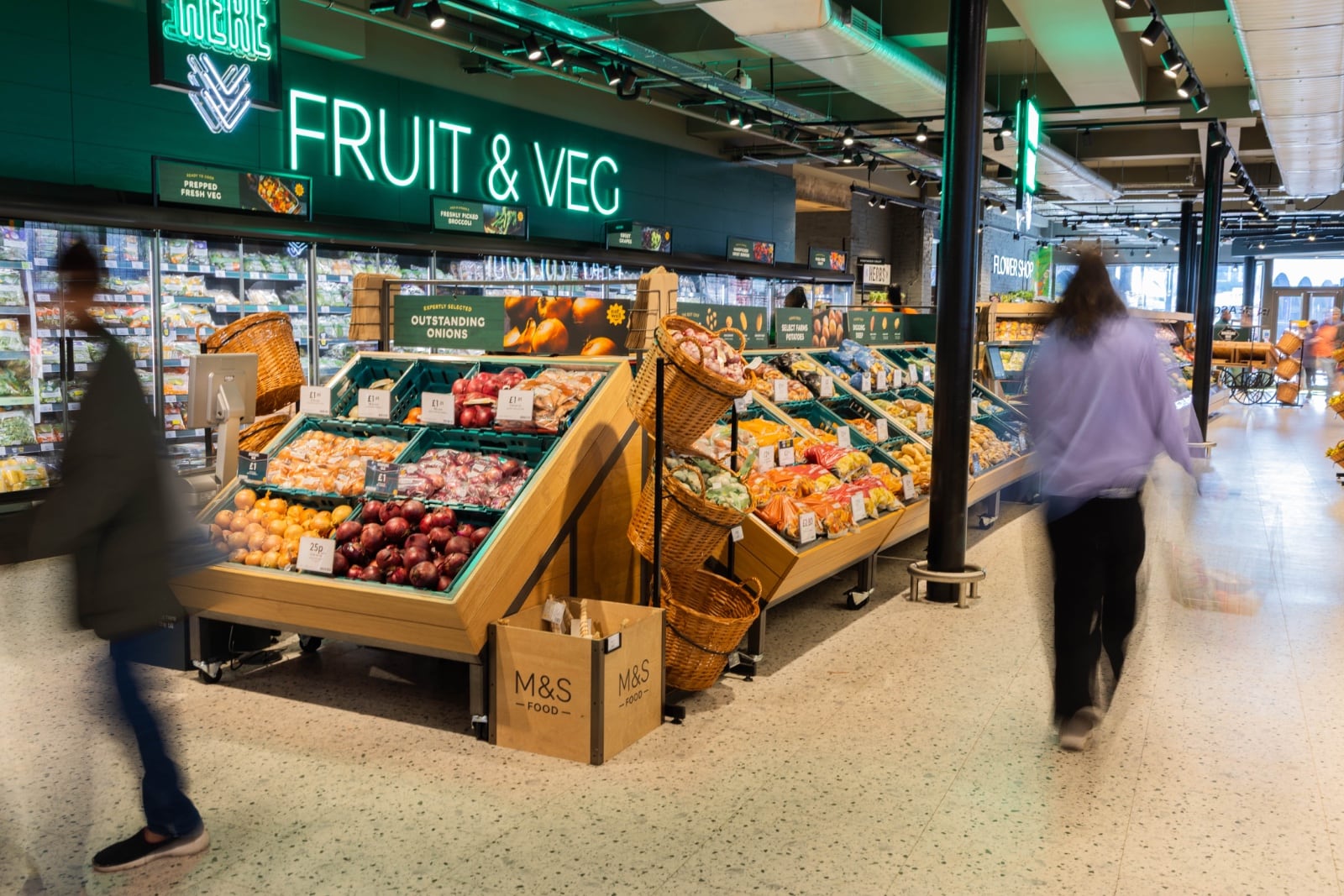The study, which was led by University of South Australia, brought together an international team of researchers to investigate how AI could be used to identify mycotoxins in food and potentially prevent more than four million deaths per year.
In a published in the journal Toxins, the researchers described how advanced hyperspectral imaging (HIS) integrated with machine learning can identify mycotoxins that can contaminate food during growth, harvest and storage. The ingestion of mycotoxins cause a range of serious health issues, such as cancer, compromised immunity and hormone-related disorders.
According to the World Health Organization, foodborne contamination results in 600 million illnesses and 4.2 million deaths each year. Meanwhile, the UN’s Food and Agricultural Organization estimates that about 25% of the world’s crops are contaminated by mycotoxin-producing fungi.
Lead author and University of South Australia PhD candidate Ahasan Kabir has argued that traditional mycotoxin detection methods are time-consuming, expensive, destructive and unsuitable for large-scale real-time food processing.
“Hyperspectral imaging – a technique that captures images with detailed spectral information – allows us to quickly detect and quantify contamination across entire food samples without destroying them,” Kabir said.
“HSI captures an optical footprint of mycotoxins and when paired with machine learning algorithms it rapidly classifies contaminated grains and nuts based on subtle spectral variations.”
Kabir and his co-authors in Australia, Canada and India evaluated the effectiveness of HSI in detecting toxic compounds in cereal grains and nuts, both of which are highly susceptible to fungi and mycotoxin contamination in warm and humid environments.
The researchers reviewed more than 80 recent studies across wheat, corn, barley, oats, almonds, peanuts and pistachios, and found that machine learning integrated HSI systems consistently outperform conventional techniques in detecting key mycotoxins.
This approach can also work in real time, while the researchers believe that with further development, machine learning and HSI could be deployed on processing lines or handheld devices. The team is now working on refining the technique to improve its accuracy and reliability, using deep learning and AI.
“This technology is particularly effective at identifying aflatoxin B1, one of the most carcinogenic substances found in food,” added Professor Sang-Heon Lee, the project lead.
“It offers a scalable, non-invasive solution for industrial food safety, from sorting almonds to inspecting wheat and maize shipments.”





